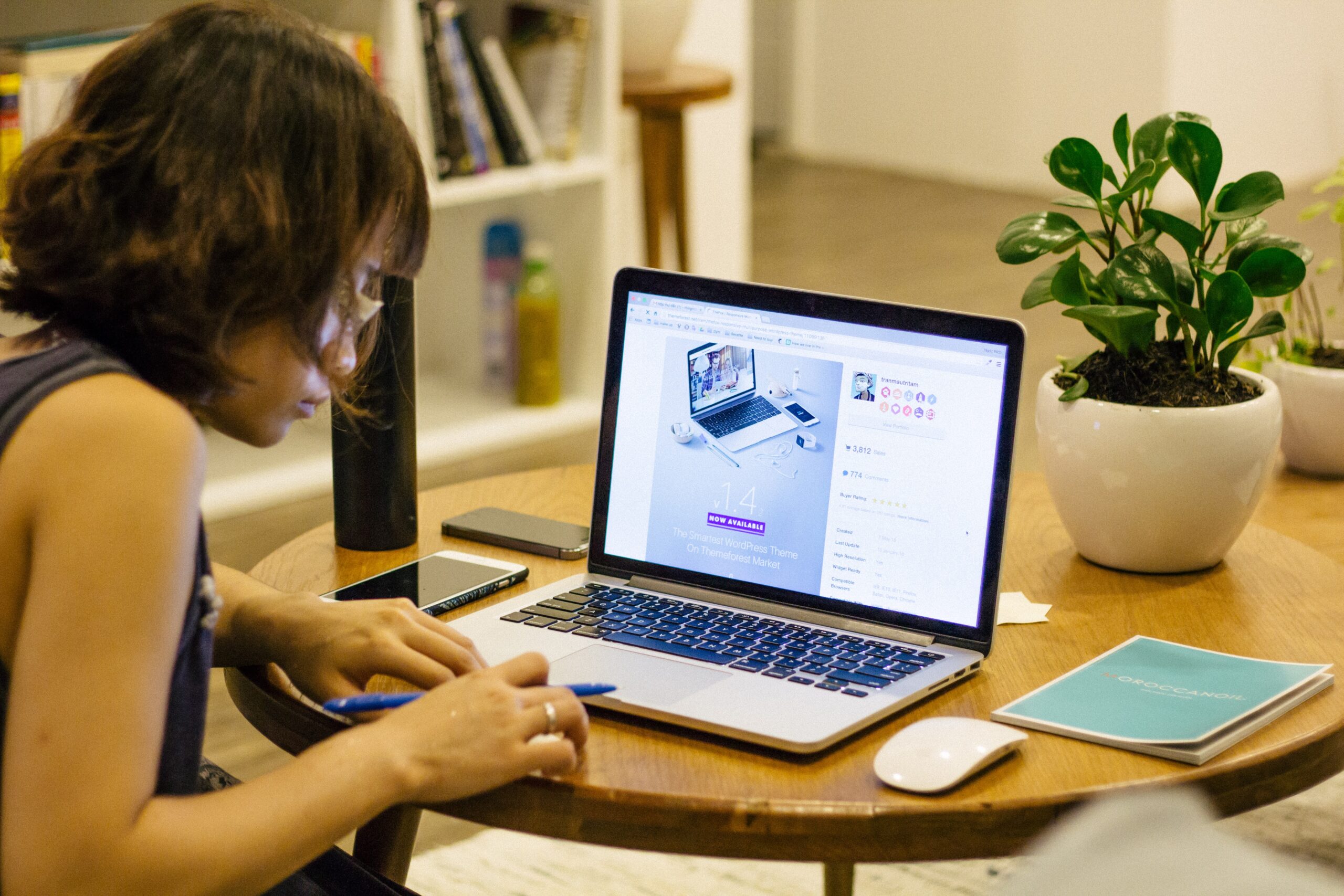The most important item on the internet is screenshots. You already know how powerful screenshots can be if you have seen them in tutorials or even just used them in ordinary conversation. Screenshots are quickly becoming a critical online currency for more effective communication. Knowing when and how to use the appropriate ones will help you stand out from the crowd.

Here are lists of different forms of screenshots for your knowledge:
- Screenshot
Any process can begin with a simple screenshot. To take a simple screenshot, you don’t need any extra software or applications. At this point, this feature is built into almost all Windows and Mac computers and cellphones. You can use Stillio for instant screenshots.
- Screen Capture
While they may appear the same, a screenshot and a screen capture are not the same. A screenshot is simply a still image. Screen Capture refers to converting all or portion of the present screen into an image or video. A desktop screen capture is when you take a picture, an animated GIF, or a movie from your screen. We realize it sounds like semantics, but it can make a difference depending on your desired outcome.
Let us say you want to take a screenshot of a complete spreadsheet. Usually, you will only capture what is on your screen. Still, if you’re going to catch anything beyond that, such as significant, horizontal spreadsheets or infinite scrolling, you will need to use a different method like screen capture.
- Animated GIF
A GIF file containing a moving image is called an animated GIF. In an animated GIF, there is a series of optical frames displayed. While animated GIFs aren’t just for screen material, they can be a valuable and underappreciated way to share what is on your screen
You can capture a single animated GIF of what is happening on your screen instead of capturing multiple screenshots to demonstrate someone’s process. Animated GIFs are also small files that automatically play, making them quick and easy to share on platforms.
- Screencast
To advertise a product or a business by displaying features, screen material is converted into a video. This is known as a screencast. Screencasts are an excellent option if you go further than a simple screenshot or even an animated GIF. If you have ever looked for help with a piece of software or an application online, you have probably come across a screencast.
These videos display your screen and frequently contain commentary to help you understand what you’re watching. Screencasts can range from polished movies used by professional trainers to fast recordings showing a coworker how to submit an IT problem. The concept is the same.
Benefits of different kinds of screenshots
- Accountability
A screenshot can show you what students have completed throughout class time, whether they answer math problems on a virtual whiteboard or draw a story map of a novel they’ve read. By having students take a picture of their work, email it to you, or upload it to a class file-sharing site like Dropbox, you can use this tool as a daily formative assessment.
- Screencasting
A screenshot can be a valuable tool for teachers to demonstrate best practices and go over assignments with pupils. To explain the steps students must follow to finish an activity, show a screenshot from inside a new app you’re introducing. It is a simple method to set expectations and demonstrate how to use a new program to pupils. Students can use images of their work and record their voices while they narrate what they did with screencasting tools.
When showcasing student work, screenshots can also be used. Educators are moving away from the days when student work was filed in file folders that grew larger as the school year proceeded. Keep a collection of student work by capturing screenshots of activities completed on a mobile device as everyday courses and tasks become virtual.
- Rigor in the Core
One way to use screenshots in the classroom is to use them as writing prompts. Students should articulate their thoughts in words, and teachers can ask them to report on what they learned during a mobile device lesson.
To conclude
We hope you have gained adequate knowledge from our today’s article. Now you can also capture your golden moments by implementing up-written different patterns of screenshots.

